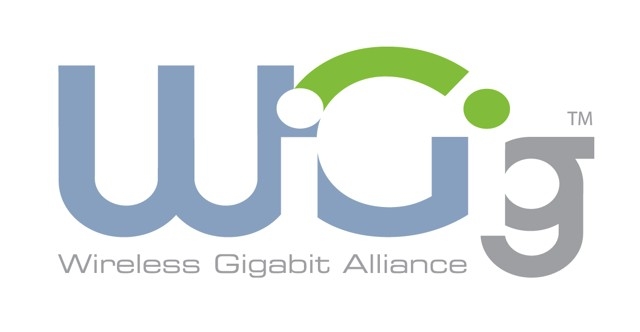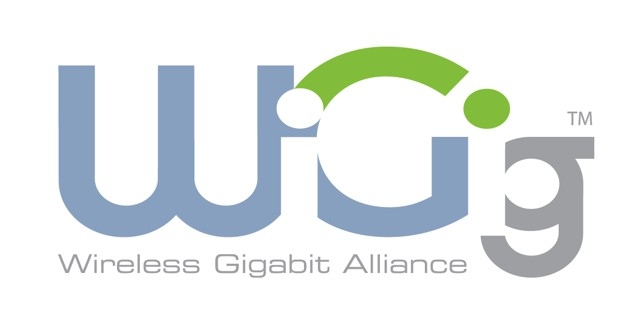
 WiGig Logo
WiGig Logo
In an exclusive interview with RedShark, WiGig Alliance President Dr Ali Sadri revealed for the first time that the new ultra-fast wireless networking system will include H.264, 4:4:4 intra-frame encoding and decoding at very high bitrates.
WiGig doesn’t replace WiFi, but provides very high-capacity, short-range wireless connections for devices to exchange massive amounts of data quickly. The new wireless protocol, which is capable of 4.5 Gb/s now and ultimately 7Gb/s, can be used to connect cameras to monitor screens, or to transfer the entire contents of a camera’s memory to a computer in a few seconds or minutes. Range is restricted to a few meters, with longer distances possible using complex directional antennas. (WiGig uses the 60GHz band where wavelengths are so short that a phase-array antenna would only be around slightly more than a centimetre across.)
Visually lossless
Dr Sadri told us for the first time publicly that it is mandatory for any manufacturer using the WiGig Display Protocol to include H.264 4:4:4 intra-frame encoding and decoding at bitrates of around 800Mb/s - enough to give an image that is visually indistinguishable from uncompressed video. The protocol also features low latency and is able to survive temporary wireless link degradation without loss of quality.
New Workflows
The ability to send studio-quality video over a wireless link could lead to all sorts of new workflows. While it’s likely that cable will always be preferred over wireless for mission-critical connections, we might start seeing cameras that can download their contents to laptops in the background, or even extremely high quality wireless viewfinders. And it goes even beyond that. In fact, as we will explore elsewhere in RedShark shortly, there’s no reason why we shouldn’t offload all of a camcorder’s controls and displays to an external tablet, and with WiGig on-board, the iPad’s Retina Display would be able to show a full HD viewfinder image with room to spare for touchscreen controls.
Tags: Technology


Comments